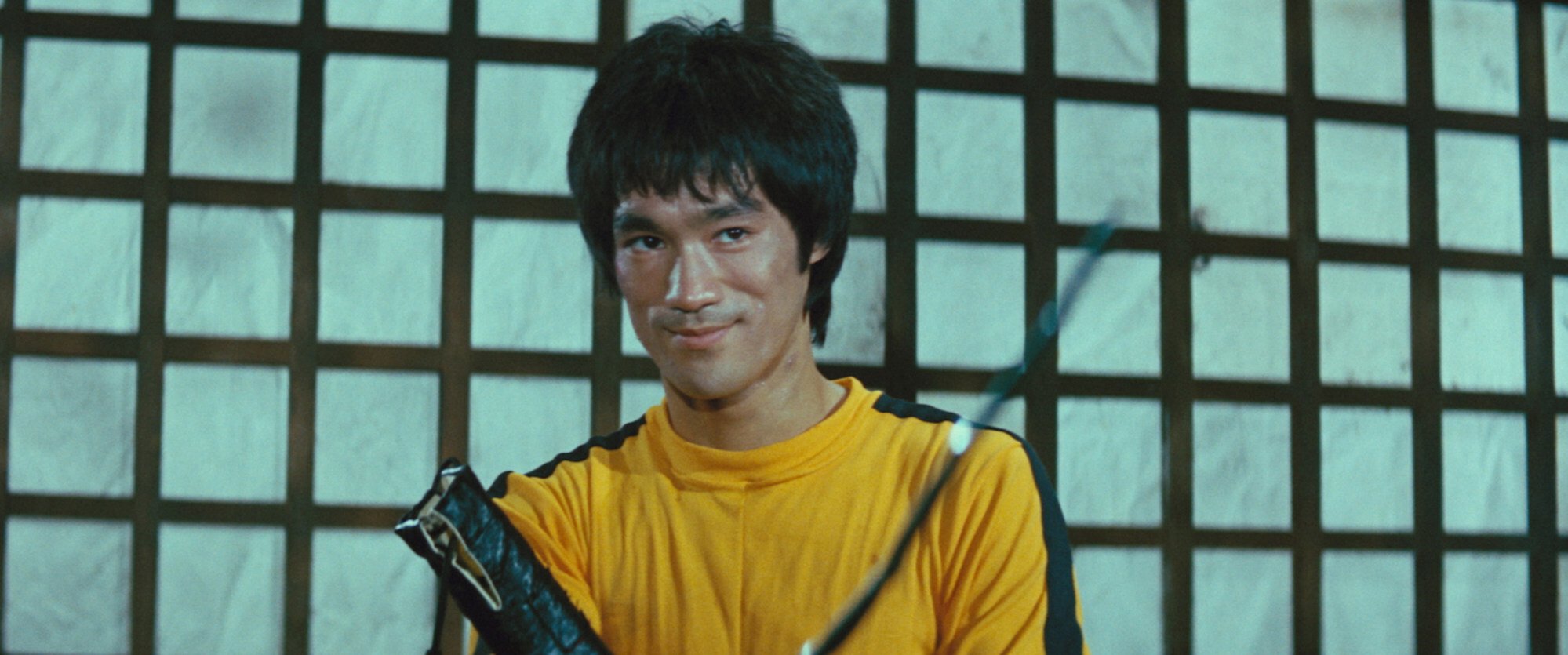
How Bruce Lee film Game of Death became a cynical project to cash in on his death – and its eventual happy ending
- What started in 1972 as a project for Bruce Lee became a cynical ploy to cash in on the star’s fame after his death, using just 11 minutes’ footage of Lee
- Game of Death’s Bruce Lee lookalikes, foreign actors and trashy storyline were a disappointment to all. Only decades later did redemption come
“Lee legend cheapened,” screamed a headline in the South China Morning Post in 1978, highlighting film critic Noel Parrott’s distaste for Game of Death, the disastrous movie which posthumously cut 11 minutes of unseen Lee fight footage into a movie with a trashy storyline, foreign actors and Lee lookalikes made to cash in on the star’s fame.
“With Game of Death, we have an epitaph for Bruce Lee, the best known, if not the greatest, cinematic kung fu exponent of all time. And sadly, it is a far from fitting one,” wrote Parrott.
Although the film, which was made and released five years after Lee’s death, did well at the Hong Kong box office – 25,000 tickets were reportedly sold for the multi-theatre midnight show alone – and cleaned up internationally, Parrott spoke for everybody.
Game of Death was universally derided at home and abroad. Even Lee’s loyal British fans hated it, although they did praise the 11-minute action scene that featured new footage of the star.
“In no way did anyone feel the Game of Death to be a fitting tribute to the ‘Little Dragon’,” opined the UK’s Bruce Lee Society Newsletter in 1978.
Game of Death started off auspiciously, as a project that Lee began developing in 1972, after directing Way of the Dragon.
Lee’s idea for the film, which may originally have been titled Northern Leg, Southern Fist, featured a fighter who was searching for an undefined “Holy Grail of Kung Fu” which was hidden at the top of a pagoda in South Korea.
To possess the grail, the hero had to fight his way up the five levels of the pagoda.
How Shang-Chi and John Wick movies took after Hong Kong martial arts cinema
“What I want to show is the necessity to adapt oneself to changing circumstances,” Lee is quoted as saying in Matthew Polly’s biography Bruce Lee: A Life. “The inability to adapt brings destruction.”
But Golden Harvest boss Raymond Chow, who had produced his first three hits, was not interested in a philosophical work, and wanted a commercial kung fu film. Cleverly, Lee made a show of visiting rival studio Shaw Brothers, and Chow suddenly relented and put his support behind the movie.
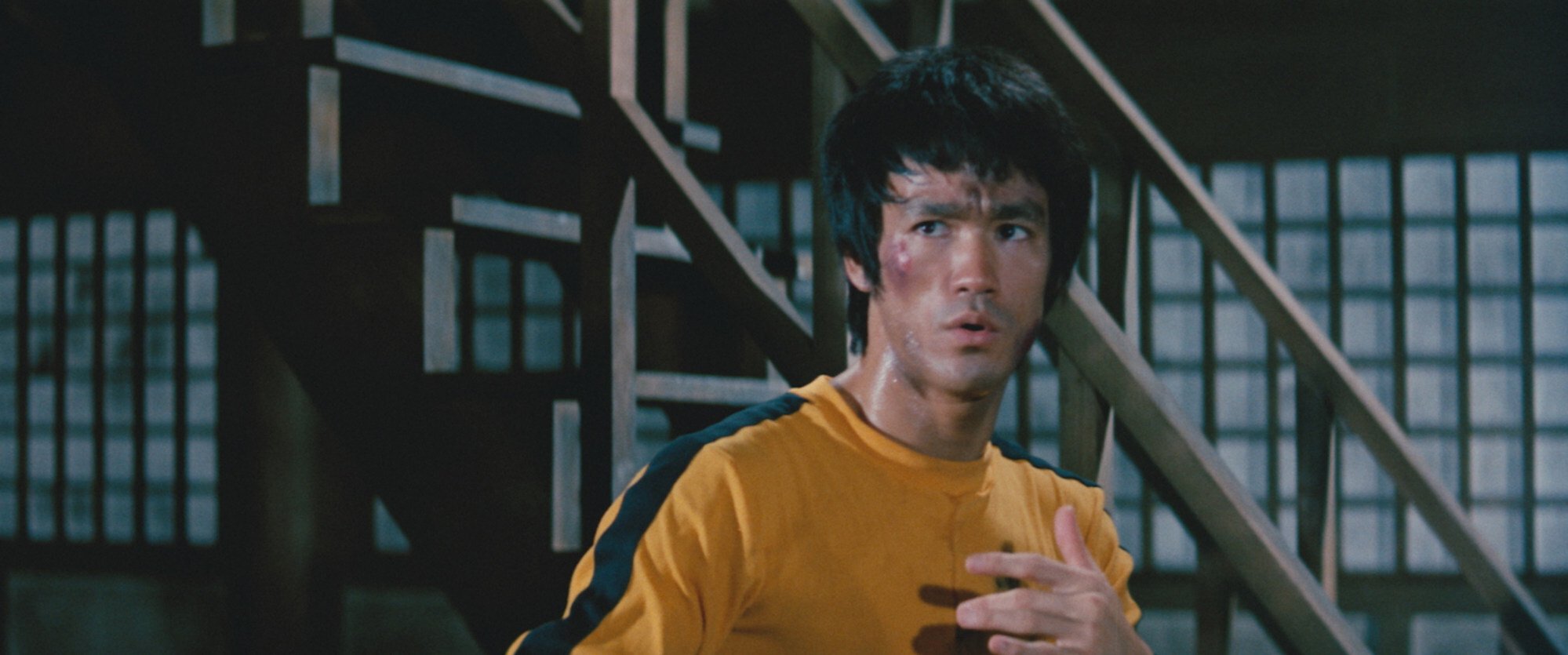
The classic fight sequence between Lee and the towering Kareem Abdul-Jabbar was filmed at this time, as were the bouts with escrima expert Dan Inosanto and Ji Han-Jae, master of the hybrid Korean martial art hapkido.
A report in the China Mail during the shooting of Enter the Dragon speculated about Lee’s next film.
“Shaw’s are trying to lure him to work under their banner … a Shaw executive said that a group of writers are now working on the script for a Bruce Lee film. He said it would be a modern action epic to be made with great care,” said the paper.
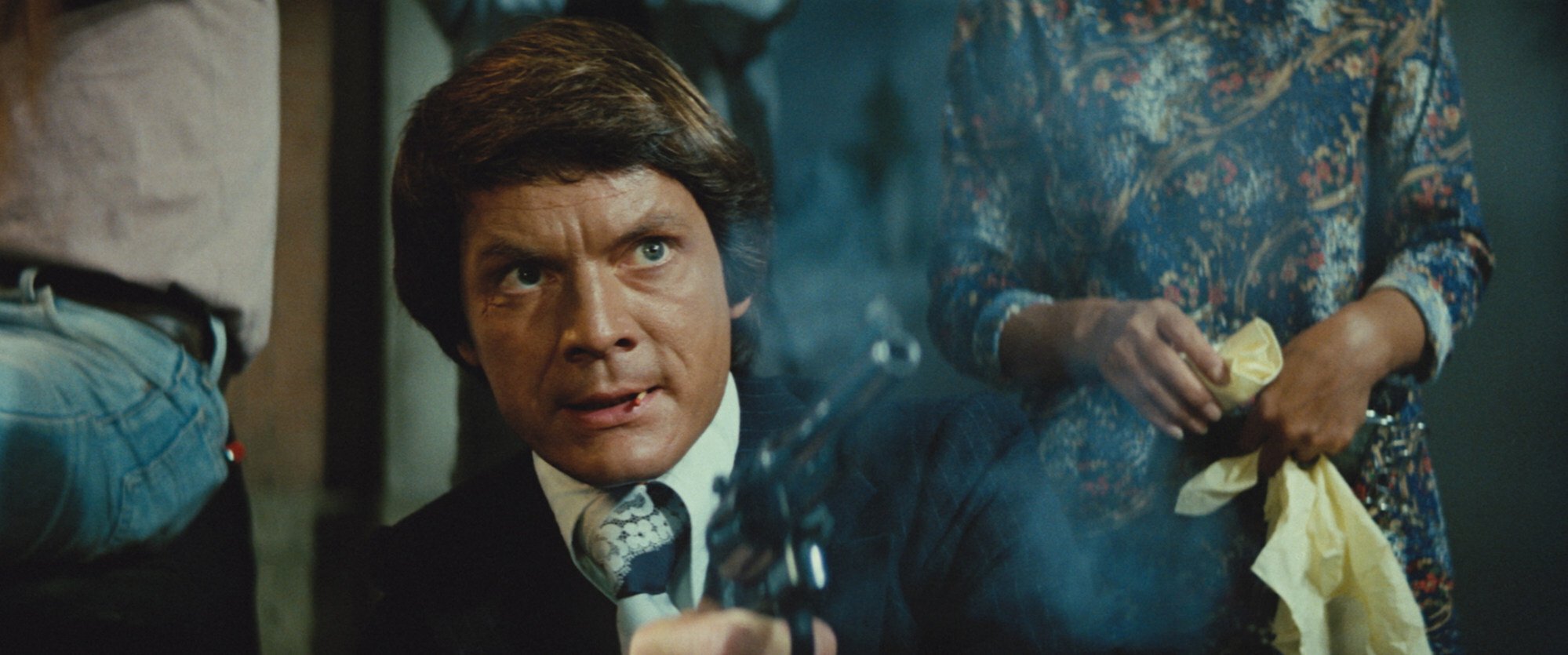
Golden Harvest, hoping to hang on to its superstar, was developing a film that featured Lee playing opposite Josephine Siao Fong-fong, who was finishing a break from acting to study at a US university.
Golden Harvest also held the rights to Game of Death, which Lee planned to continue, but he died before shooting any more of the film.
A slew of “Bruceploitation” films followed Lee’s death, but Golden Harvest didn’t mash up the footage that it owned until five years later. A lengthy report in the Post in 1978 detailed the studio’s plans for Game of Death.
“American actor Gig Young is one of a team of film stars currently in Hong Kong to shoot Game of Death, the film Bruce Lee was making when he died,” said the Post, noting the presence of other foreign stars – Dean Jagger, westerns actor Hugh O’Brian, and actress Colleen Camp.
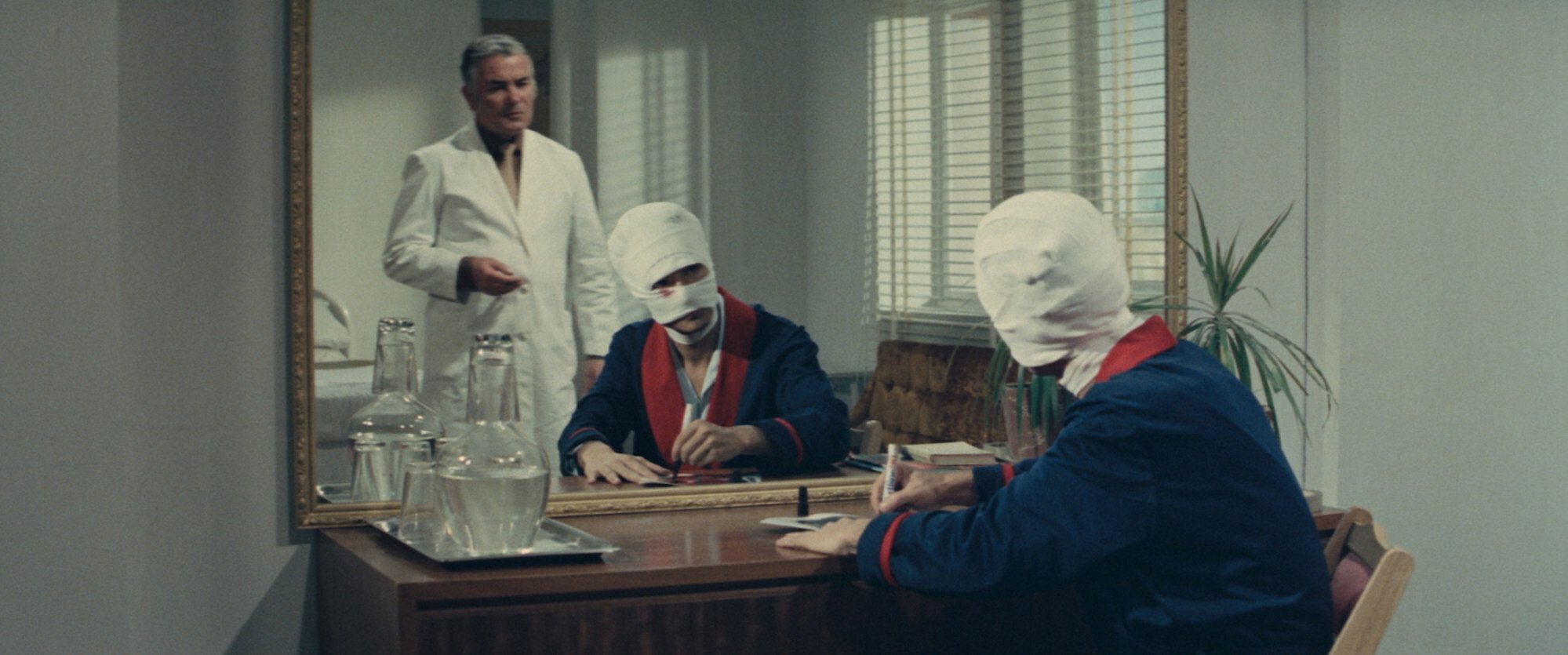
Referencing the 90 minutes of film that Lee had already shot, Golden Harvest spokesman Russell Cawthorne told the Post: “It is wonderful footage. As Bruce was at his peak then, it would be a shame not to do the little bit of extra work needed to finish the film.
“We are building around the Bruce Lee sequences, but this requires intricate rewriting of the script. The minor parts have been expanded into major parts, and we needed top actors to carry this,” he said.
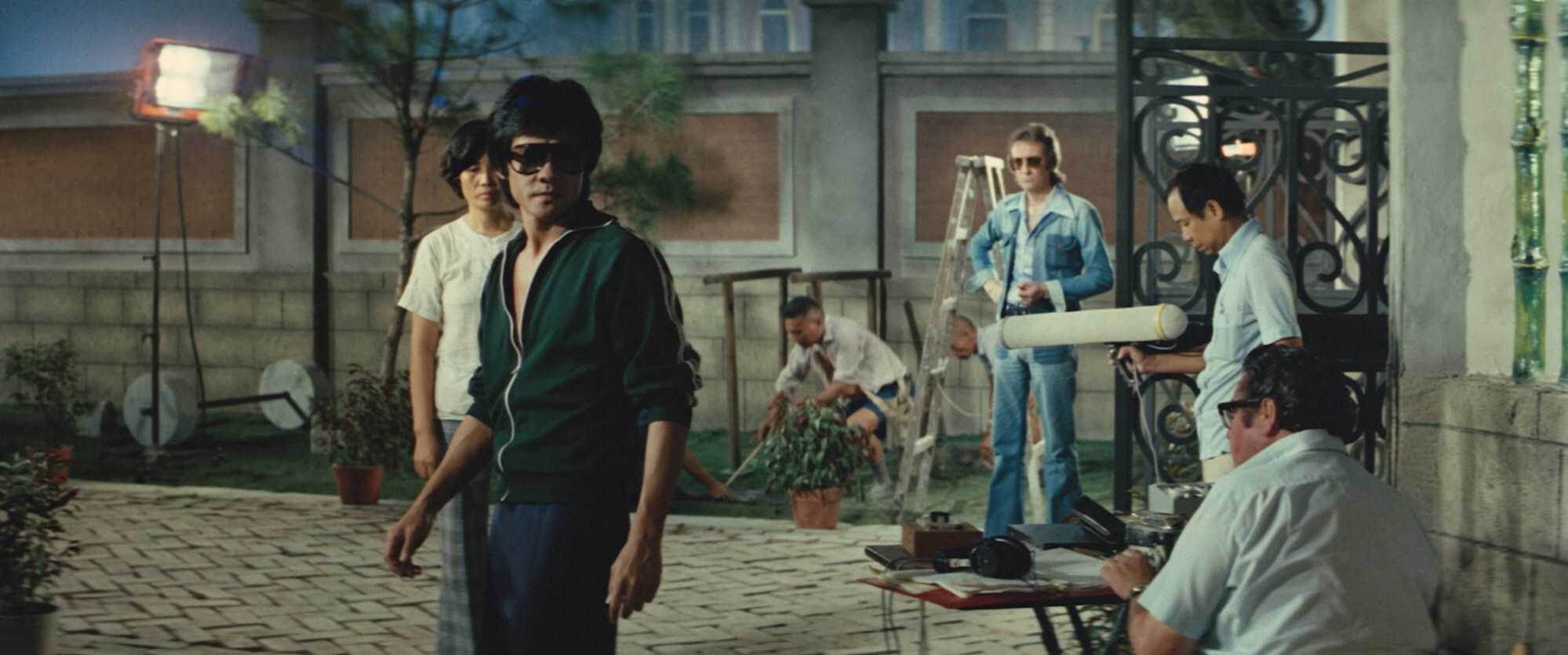
The result was appalling and featured incredible gaffes, such as a cut-out picture of Lee stuck on a mirror to make the face of one of the doubles look like him.
The inclusion of a shot of the real Lee in his coffin was in particularly bad taste, although according to Post contributor Mel Tobias, writing at the time of the film’s release, that shot was not shown in the original international version of the film, only the local version. (There were numerous other differences between the two cuts, Tobias noted.)
Golden Harvest only used 11 minutes and seven seconds of the 90 minutes of footage of Lee it possessed, and co-stars James Tien and Chieh Yuan were cut from the shots it did use.
Disappointed fans accused the studio of holding footage back to exploit it in another mash-up in the future. The footage was presumed lost until 1999, as it did not turn up in Harvest’s equally bad Game of Death 2 in 1981.

“Game of Death is a gimmick picture, a straight-up exploitation to cash in on the Lee legend, another tired offering from the worn-out conveyor belt,” Tobias wrote in the Post book Memoirs of an Asian Filmgoer.
There is, however, a happy ending to the story of the film. Movie production company Media Asia rediscovered the extra footage when it bought the rights to Game of Death in 1999, and Lee historian John Little, who had been given 10 pages of notes that Lee had written about the footage, edited the 90 minutes down to a masterful 30-minute action scenario.
The John Little recut can be seen at the end of his documentary Bruce Lee: a Warrior’s Journey.
